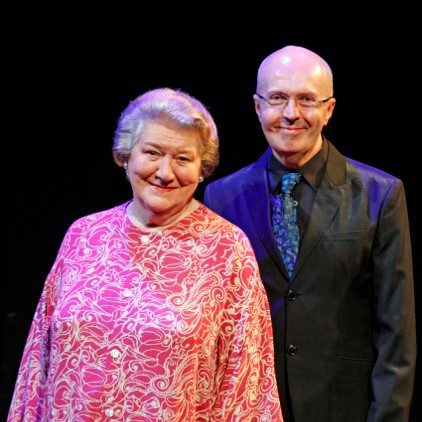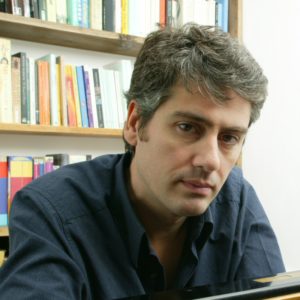SATURDAY 10TH APRIL 2010 LONDON PHILHARMONIC ORCHESTRA/ NEZET-SEGUIN
Royal Festival Hall
Fireworks from Handel and Stravinsky but most of all from Yannick Nezet-Seguin in a performance of Beethoven’s Seventh Symphony that redefined its rhythmic exuberance in ways that made sitting to listen to it an almost impossible requirement. Feet and hands twitched involuntarily throughout the hall. If you hadn’t yet woken up to the fact that the young French-Canadian is as vital a talent as any burgeoning on the international scene then this was the performance to do it.
He started low-key: Handel’s Music for the Royal Fireworks brought indoors from outdoors with strings now lending decorum to a much reduced wind band. It’s almost impossible not to hear rambunctious original when listening to these notes – the gaudiness of massed oboes, horns, and trumpets rattled along by the din of many drums. This is the courtly alternative where fancy footwork takes precedence over pyrotechnics and the tone is boisterous rather than explosive. It trundled along nicely but our collective powder was kept dry.
There was an air of coolness, too, about Lisa Batiashvili in the ravishing opening measures of Prokofiev’s First Violin Concerto. They emerged from near-silence in one of Nezet-Seguin’s breathless pianissimi – a tremolando which barely moved air before reaching our ears. Batiashvili’s response was as poised as it was chaste, an almost wilful reluctance to succumb to the enticement of the melody. Then the beast within surfaced in the gruffly overworked G-string and we began to realise that appearances can be deceptive. The scherzo had a devilish glint and ear-pricking clarity – indeed it would be hard to imagine an exposition of the orchestral part more subtly tailored to a soloist. Enchantment, when it finally came in the aerial flutterings of the closing pages, felt earned – and all the more satisfying for it.
I don’t think I’ve ever heard a more brilliant or revealing account of Stravinsky’s Fireworks. The apparent madness of assembling such a huge orchestra for a mere four minutes of music seemed almost justified and, of course, it effectively lit the touch-paper for the Beethoven Seventh. This was, in a word, combustible. Like the Stravinsky, it was up there with the rare and indelible. Marrying his instinctive understanding of phrasal ebb and flow to thrilling rhythmic impetus Nezet-Seguin willed the LPO to an almost delirious dynamism. His telling and unexpected attacca from the first to second movement and again from bounding scherzo to headlong finale compounded an irresistible urgency that characterised even the sublime Allegretto. Stunning.
You May Also Like

DAME PATRICIA ROUTLEDGE: Facing The Music – A Life in Musical Theatre
06/03/2024
A Conversation With DARIO MARIANELLI
02/09/2011